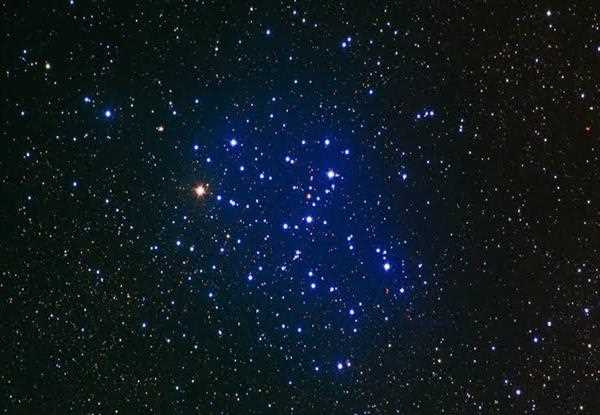The age of a star is a crucial parameter that helps us understand its evolutionary stage, behavior, and eventual fate. Determining the age of a star is a complex process that involves various observational and theoretical techniques. Let's explore the methods astronomers use to estimate stellar ages and gain insights into the remarkable lives of these celestial objects.

One approach to estimating stellar ages is through the study of star clusters. Star clusters are groups of stars that form from the same molecular cloud, making them ideal for age determination. By analyzing the properties of stars within a cluster, astronomers can derive an estimate of the cluster's age, which is assumed to be the age of its constituent stars. This method relies on theoretical models of stellar evolution, which predict how stars evolve over time based on their initial mass and composition. By comparing the observed properties of stars in a cluster to these models, astronomers can estimate their ages.
Another method used to estimate stellar ages is through the study of individual stars. In particular, certain types of stars exhibit specific characteristics that can be used as age indicators. For example, white dwarfs are the remnants of low-mass stars that have exhausted their nuclear fuel. By measuring the temperature and luminosity of a white dwarf, astronomers can estimate its cooling age, which provides a lower limit on the age of the star. Additionally, certain types of pulsating stars called Cepheids and RR Lyrae variables exhibit periodic brightness variations that are directly related to their intrinsic luminosity. By measuring the period of these variations and comparing it to theoretical models, astronomers can estimate the age of these stars.
Stellar ages can also be estimated by studying the chemical composition of stars. As stars evolve, they undergo nucleosynthesis, the process of fusing lighter elements into heavier ones. The abundance of different chemical elements in a star can therefore provide clues about its age. Elements like lithium and beryllium, which are easily destroyed in stellar interiors, are particularly useful age indicators. By comparing the observed abundances of these elements in a star to theoretical predictions, astronomers can estimate its age.
In recent years, asteroseismology has emerged as a powerful tool for stellar age determination. This technique involves studying the oscillations or "starquakes" that occur in stars. The frequencies of these oscillations depend on the star's internal structure, which changes as it ages. By measuring the frequencies of these oscillations and comparing them to theoretical models, astronomers can estimate the age of the star.